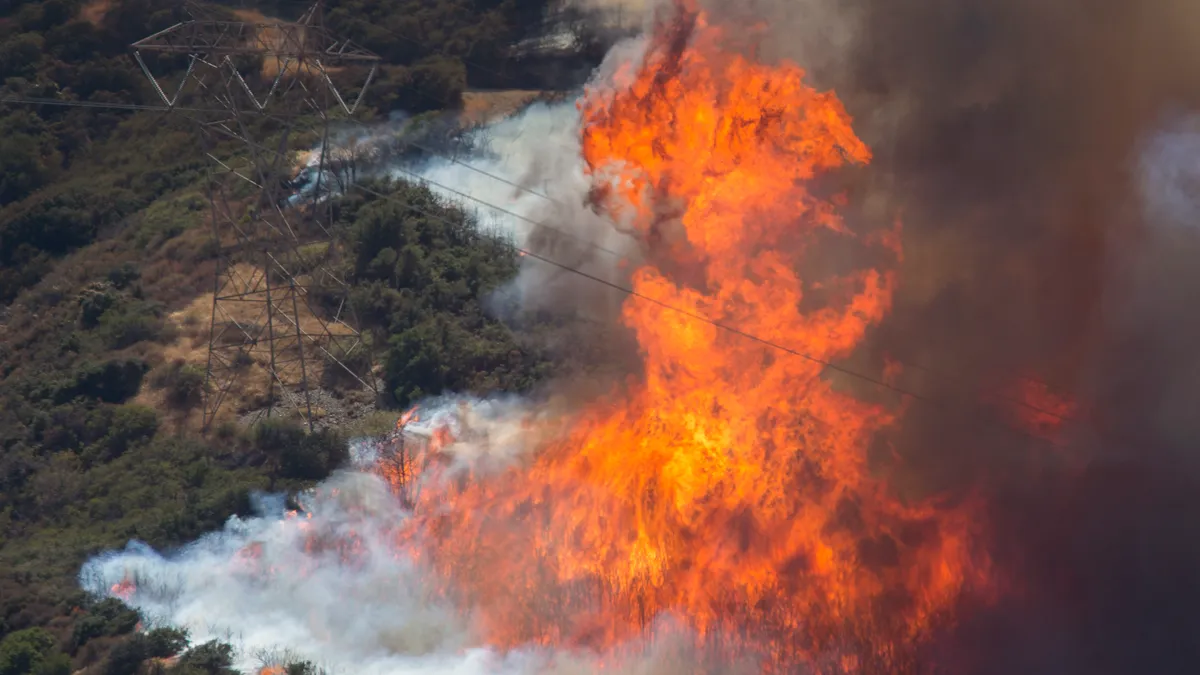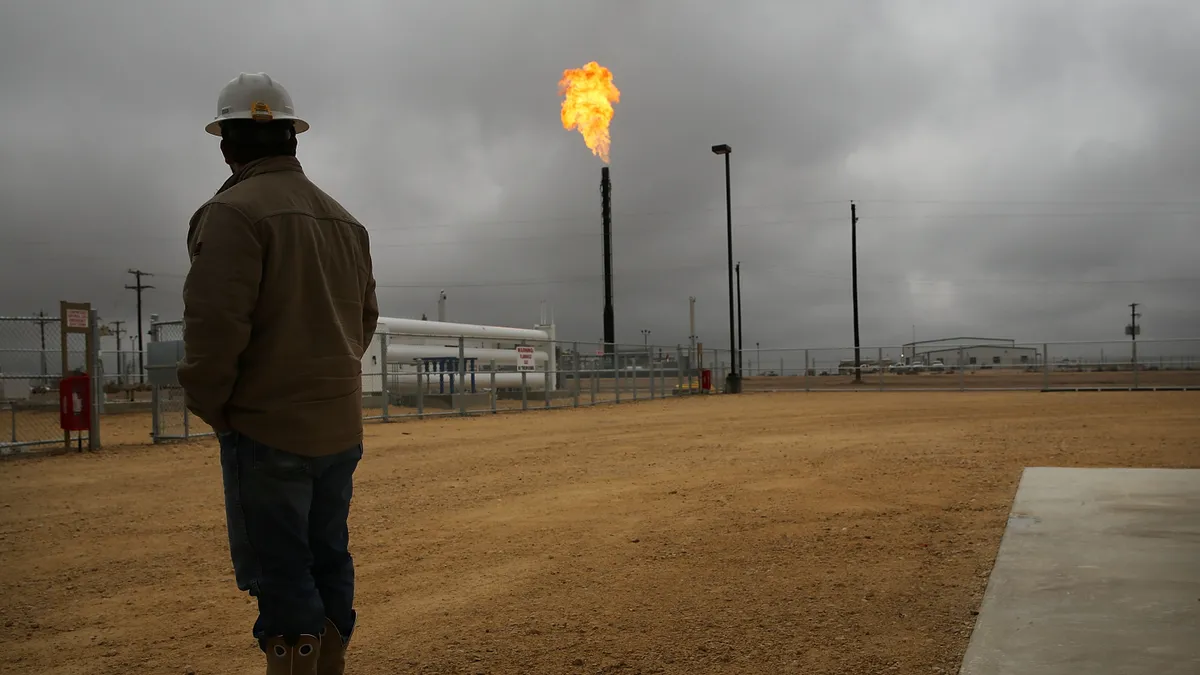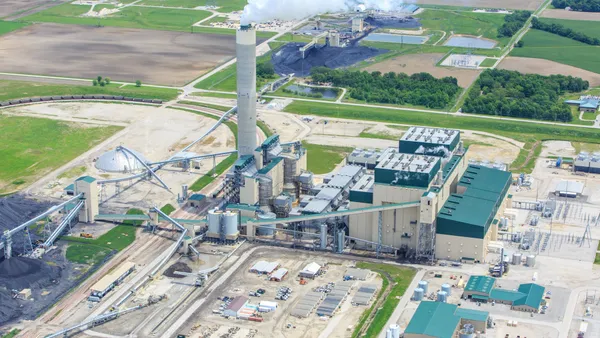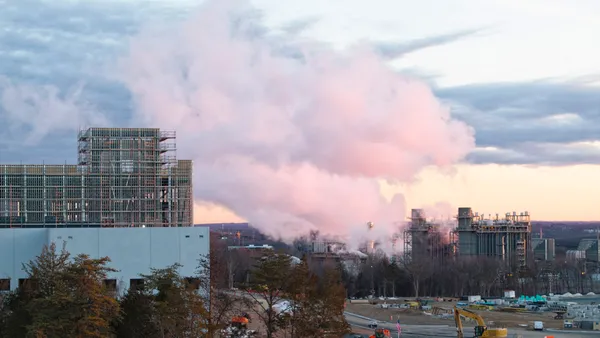The ability to efficiently move substantial amounts — more than 1,000 megawatts — of power from generating sites to load centers is fundamental to large-scale electrical infrastructure. In the United States, this has historically been performed by high-voltage alternating current (HVAC) transmission lines. High-voltage direct current (HVDC) transmission often has been deployed in many other parts of the world, but it has never caught on in a big way in the U.S., largely because of cost considerations.
That may be changing in the near term.
As renewable generation sources continue being added to the grid from widely dispersed locations that are often farther from load centers than traditional baseload plants, more power needs to travel farther to satisfy growing demand. One advantage of HVDC cables is it can transport more power farther without the dielectric or capacitive losses experienced by AC cables over very long distances.
DC also offers greater flexibility than AC to allow connection of asynchronous grids, while providing stronger grid protection to keep faults from propagating from one grid to the next.
And one of the strongest arguments for utilizing HVDC is that it can be deployed underground over long distances in a much narrower right-of-way (ROW) than overhead transmission lines. Instead of a 150- to 300-foot-wide ROW for a high-voltage overhead line, an underground HVDC cable with similar capacity can be installed in a 10-foot ROW. Even factoring in temporary 50-foot construction easements, this provides a narrower path and reduced impact at the same time it also provides a system that is highly resilient against extreme weather, vegetation interference and potential pushback from local residential and commercial landowners. When the higher upfront costs of underground installation are weighed against the maintenance costs over the life of an overhead line, underground HVDC becomes much more cost-competitive.
Some market limitations remain that must be overcome before HVDC penetration can reach its full potential:
- Single largest contingency: Independent system operators (ISOs) are required to maintain the electric grid’s reliability. One aspect of that protection is the N-1 contingency, which is designed to prevent a larger area to be blacked out if a generation site goes offline unexpectedly. That means the practical limit on radial transmission connection from generation sources is based on the largest single generator within an ISO’s territory. In the Northeast, the N-1 contingency is much lower than the currently available 2,000-MW capacity that existing HVDC cable technology can transmit. Some other ISOs have higher N-1 limits, but the Northeast has some of the nation’s largest load centers. ISOs evaluate this as they look at each new project in the interconnection queue and its impact on the overall grid. If the region’s limit were higher, that might allow higher-capacity HVDC systems to be built sooner.
- Offshore on-ramp: Offshore wind generation is poised to become a major contributor to a decarbonized grid, but at times of peak production it will need ways to overcome N-1 contingency limits. Submarine HVDC cables could be part of the solution. TenneT, a German transmission system operator, has proposed a system with six 2-gigawatt converters (and plans for future multipoint connections) in the Dutch and German North Sea connecting to the shore. Similar developments might offer powerful benefits in the Northeastern U.S. and along the West Coast, locations that are expected to see more than 30 GW of offshore wind developed in the coming decade.
- Rallying for ROW: One of the biggest challenges for any new transmission line project is getting approval from landowners along the route. Developers could consider borrowing a page from the fiber expansion playbook and strive to align along railroads, which have long and established rights-of-way. (Collocating along existing highways might offer similar benefits.) This approach speeds permitting and siting activities. Going underground can result in more attractive and better protected lines, eliminating visual impacts along the route. The SOO Green Renewable Rail project is a prominent example of a large-scale transmission effort — connecting renewable power from Iowa with load centers on eastern grids using underground HVDC cables — that aims to utilize railroad corridors for the majority of its route.
- Technology evolution and supply chain expansion: There are three major vendors of HVDC technology in the Western Hemisphere. These large companies are generally considered reliable, but one challenge is that the control systems from the various vendors do not currently support interoperability across platforms, although efforts are underway to solve this problem. Similarly, there are just three large Western players making HVDC cables, but as demand increases, those vendors will recognize the feasibility of adding new cable factories, and others might jump into an expanding market. While the early stages may be marked by fits and starts, the supply chain is expected to grow alongside demand.
The U.S. market is not going to suddenly turn from HVAC to HVDC for transmission, but there is ample opportunity — and justification — for increased applications of the latter. As utilities and developers strategize for an increasingly distributed, increasingly renewables-based power portfolio, the potential of HVDC looks poised to drive new solutions for old constraints.










